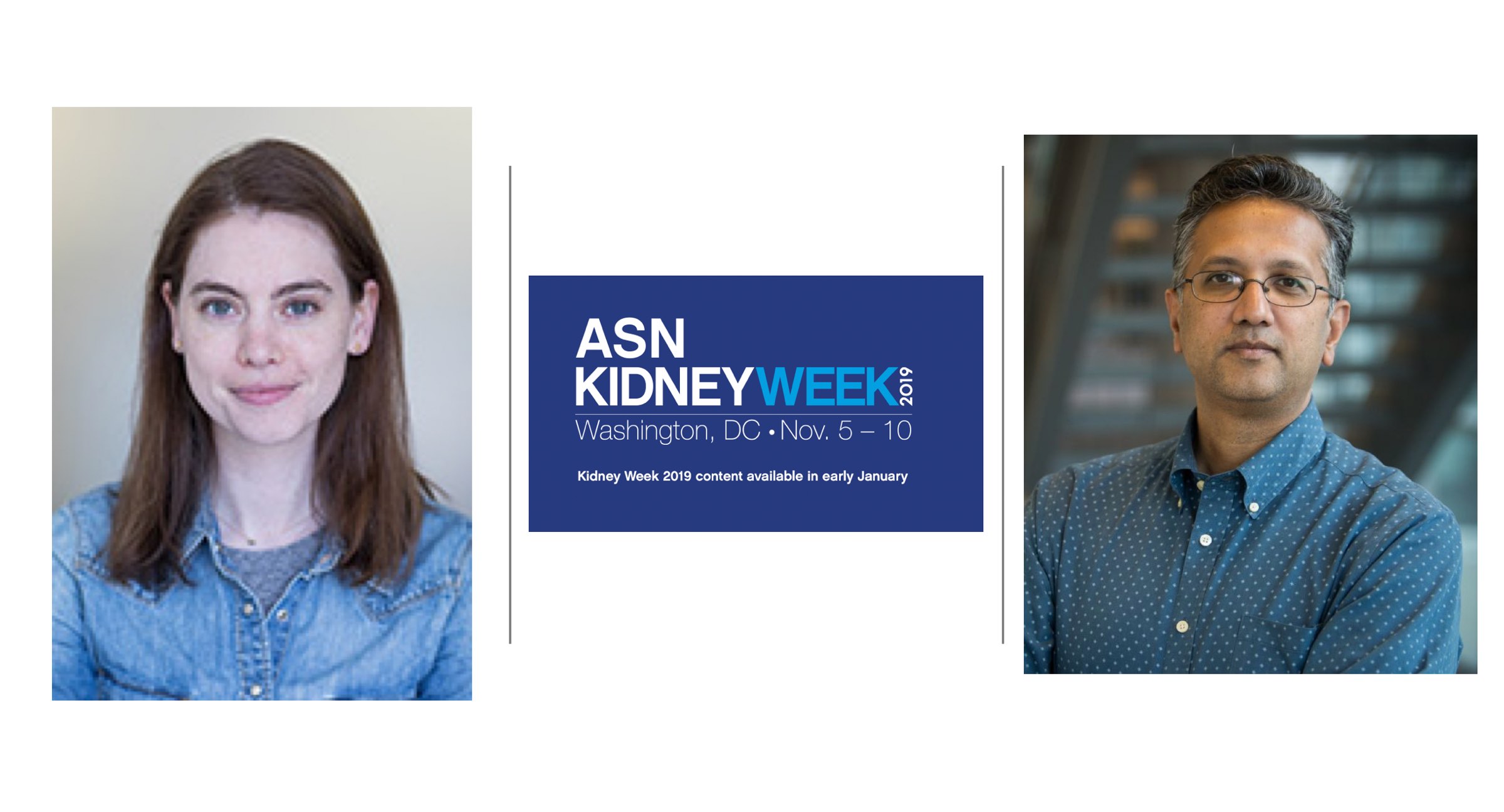Dialysis
Dialysis is a treatment to filter wastes and water from your blood, allowing people with kidney failure to feel better and continue doing the things they enjoy. However, when many people think of dialysis, their fears can keep them from learning about this treatment. In fact, most people are surprised to find how well dialysis works and how much better they feel with treatment.
If you have advanced kidney disease, it is important to take an active role in your care by talking with your health care provider about your options ahead of time. It takes time to understand dialysis and get used to the idea that you will be receiving this treatment. Although dialysis does not cure kidney failure, it can help you feel better and live longer.
There are two types of dialysis:
Hemodialysis
In hemodialysis, your blood goes through a filter outside your body and the clean blood is returned to the body. Hemodialysis is usually done at a dialysis center three times a week, but it can also be done at home. Each session usually lasts between three and four hours. Learn how to prepare for this type of dialysis.
Learn more about hemodialysis.

Peritoneal Dialysis
Peritoneal dialysis sounds complicated but is actually quite simple. Peritoneal dialysis uses the lining or peritoneum of your abdominal cavity (the space in your body that holds the stomach, intestines, and liver) to filter your blood. It works by putting a special fluid into your abdomen that absorbs waste products from your blood as it passes through small blood vessels in the peritoneum. The fluid with the waste products is then drained away. Peritoneal dialysis is done at home. Many people choose to do this treatment at night, as they sleep. Learn how you can prepare for this type of dialysis.
Learn more about peritoneal dialysis.
Use this chart to compare the two types of dialysis.
| Hemodialysis | Peritoneal Dialysis | |
|---|---|---|
| Where it happens | Usually at dialysis center but can be done at home | At home, either during sleep or when awake |
| How often | Three times a week | Every day |
| Length of each session | 3-4 hours | Varies |
|
|
This content is provided as a service of the National Institute of Diabetes and Digestive and Kidney Diseases (NIDDK), part of the National Institutes of Health. The NIDDK translates and disseminates research findings through its clearinghouses and education programs to increase knowledge and understanding about health and disease among patients, health professionals, and the public. Content produced by the NIDDK is carefully reviewed by NIDDK scientists and other experts.
This information is not copyrighted. The NIDDK encourages people to share this content freely.
March 1, 2012







